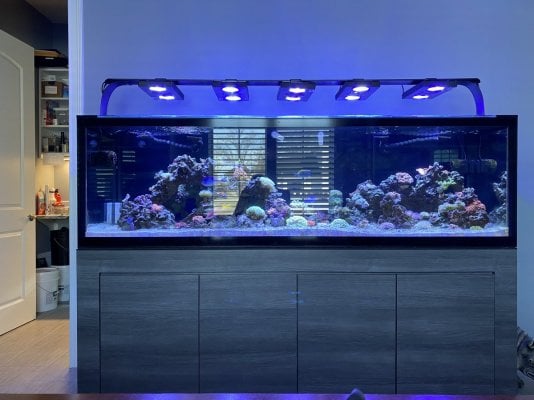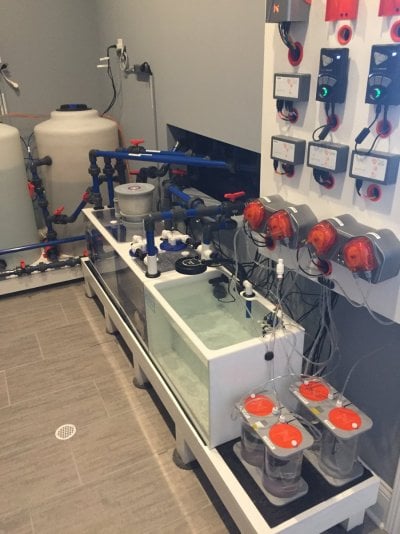I've been doing some research into the "76 day fallow period". I never heard of that prior to coming to Reef2Reef this past summer. I had always used 32 days as the maximum time for a tomont to remain viable under tropical conditions, and then I would round up to 45 days to help ensure that Neobenedenia was eradicated at the same time.
Turns out that the 1997 article written by Colorni and Burgess just references his PhD thesis which isn't available for review. Then, his co-author Burgess was also the editor for the journal that published it - certainly a conflict of interest! This paper then got referenced by Noga 2010 (he lists 72 days).
Things get a bit murky from there - if you read between the lines, there is some reference to one case at 68 degrees where they found viable tomonts in a xeric culture (no bacteria). Colorni himself seems to doubt his results apply to the real world, saying that at warmer temperatures and in the presence of bacteria, the tomonts probably don't last nearly as long.
I say that at 81 degrees F., 45 days is an appropriate fallow periods for Cryptocaryon, Amyloodinium and Neobenedenia....this coincides well with a 30 day copper treatment followed by two weeks of copper-free observation.
Addendum: I need to clarify, 45 days at 81 degrees is the minimum value, for people who have some compelling reason to move the fish out sooner. Also, fallow periods fail for a number of reasons, not just the length of time the DT was let to go fallow; cross contamination and incomplete treatment of the affected fish are the two common issues. A fallow period of 60 days if the water is below 81 degrees is more prudent.
Jay
Turns out that the 1997 article written by Colorni and Burgess just references his PhD thesis which isn't available for review. Then, his co-author Burgess was also the editor for the journal that published it - certainly a conflict of interest! This paper then got referenced by Noga 2010 (he lists 72 days).
Things get a bit murky from there - if you read between the lines, there is some reference to one case at 68 degrees where they found viable tomonts in a xeric culture (no bacteria). Colorni himself seems to doubt his results apply to the real world, saying that at warmer temperatures and in the presence of bacteria, the tomonts probably don't last nearly as long.
I say that at 81 degrees F., 45 days is an appropriate fallow periods for Cryptocaryon, Amyloodinium and Neobenedenia....this coincides well with a 30 day copper treatment followed by two weeks of copper-free observation.
Addendum: I need to clarify, 45 days at 81 degrees is the minimum value, for people who have some compelling reason to move the fish out sooner. Also, fallow periods fail for a number of reasons, not just the length of time the DT was let to go fallow; cross contamination and incomplete treatment of the affected fish are the two common issues. A fallow period of 60 days if the water is below 81 degrees is more prudent.
Jay





















